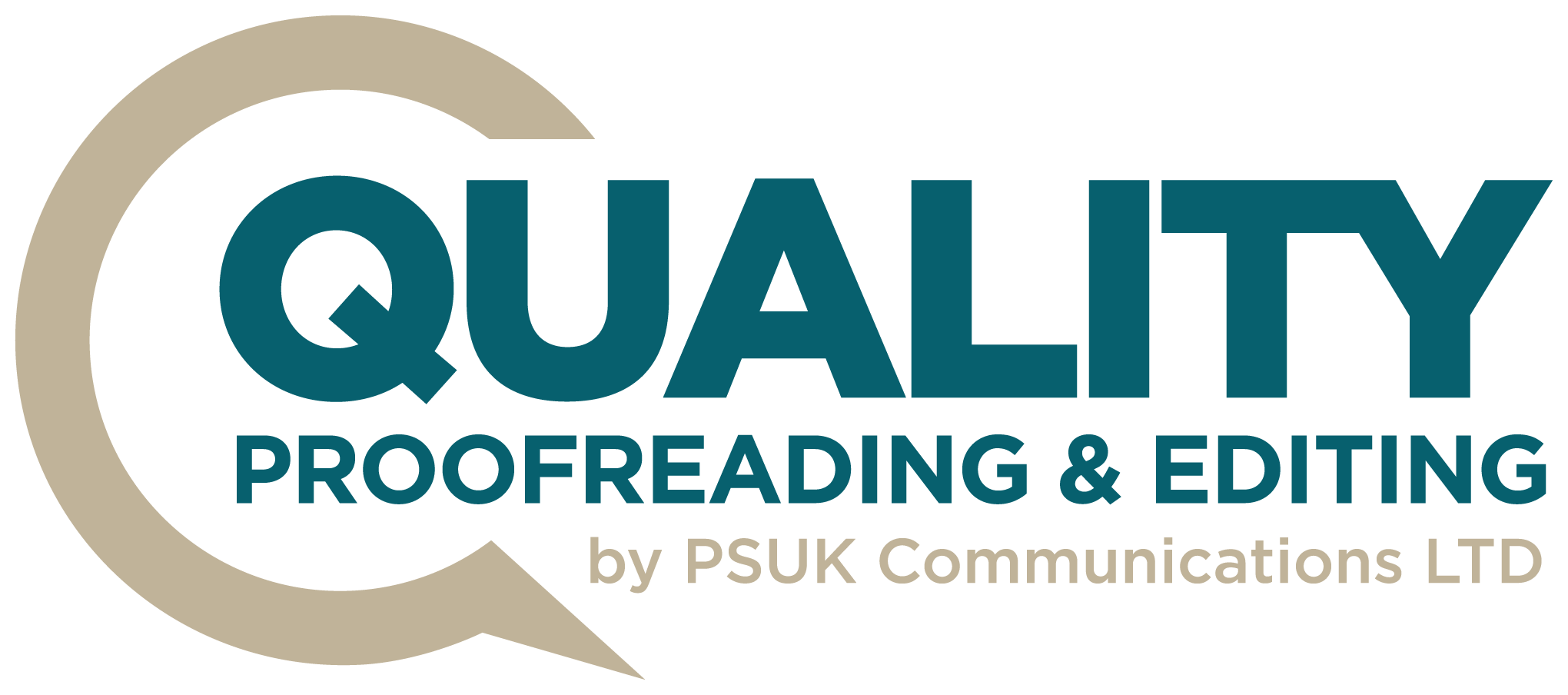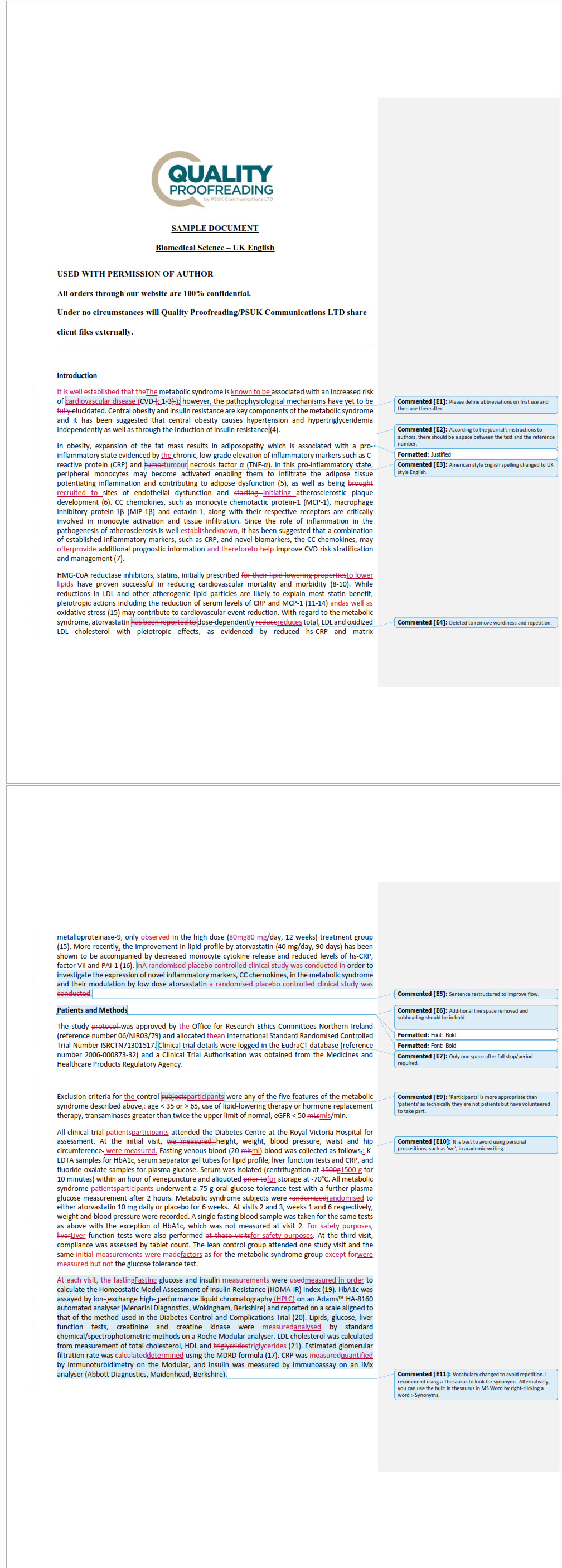If you have ever submitted a paper for publication to an academic journal you will, no doubt, have wondered what happens to it once it arrives and how the staff at the journal make the decision whether or not to publish your work. In this article, we are going to explain the behind the scenes editorial processes that take place at academic journals so that you will have a more informed understanding next time you send your manuscript.
Stage 1: Weeding out
Academic journals get significant numbers of manuscript submissions and it would be impossible to read every single one in full. The first stage of the process, therefore, is to weed out those which are not even going to make it to the consideration pile. These are the papers which fall at the first hurdle.
The responsibility for weeding out is down to the editor, but it is more likely, at this stage, that the actual weeding out is delegated to someone else.
The reasons papers get weeded out at this stage are numerous but do include a range of mistakes which are completely avoidable, so do take note:
- missing or badly written cover letters
- failure to include correspondence address / contact details
- untidily prepared manuscript
- poorly written manuscripts
- submitting subject matter that the journal doesn’t cover
- sending a manuscript that does not match the journal’s guidelines or style requirements
Avoiding these unnecessary mistakes is an important step towards getting published.
Stage 2: First Screening
Only after the manuscript has passed stage one will it be looked at by the editor or a member of the editorial team. Their next task is to decide whether or not the paper is of sufficient merit to be sent for a peer review.
Even at this stage, it is unlikely that the paper will be read in full; however, aspects of it will be scrutinized in some detail. The areas the editorial board are most likely to take a look at are:
- introduction – should have a persuasive, contextualized rationale
- abstract – if this does not appeal, it’s unlikely the editorial team will read any further
- methodology – should be sound and well described
- data – needs to be complete and accurate with detailed interpretations
- conclusions – must be valid and clearly based on the data
- literature review – should be detailed and thorough
- writing – should be well written throughout
Only manuscripts that meet these criteria will be considered for a peer review. The final decision over which papers are reviewed is down to the editor.
Stage 3: Peer Review
Once your manuscript has got past stage two, it is then sent for a peer review. There are three types of peer review which are available:
- Single-blind review – here, the reviewers’ names are withheld from the paper’s author.
- Double-blind review – here, neither the author nor the reviewer are informed of each other’s identity.
- Open peer review – in these reviews, there is complete transparency about who is reviewing whose work.
Peer reviewers are experts in their field. As it is sometimes likely that that the reviewer will know the author of the paper being submitted, single and double-blind reviews are used to provide anonymity. This helps prevent any bias in the review process or any bad feelings or disagreements which may arise from an open peer review.
There are two aims of a peer review:
- To give the editor a subject specialist’s opinion on whether the paper is worthy for publication.
- To provide the author with feedback about the paper.
The peer review usually involves several reviewers so that the editor is provided with a range of opinions from differing sources. The ideal result for the editor is that the opinions of all the reviewers concur, however, this is not always the case – sometimes reviewers have completely opposing views about the merits of the work they have read.
Peer reviewers will read the work in its entirety and base their assessment of it on both the contents of the manuscript itself and their own understanding of the field in which they have expertise. They will look to see that the research is undertaken in the right manner, that the conclusions are accurate and that the paper is well written. In addition, they will consider whether the research and its findings have any merit in its academic field.
After scrutiny, the reviewer sends the journal’s editor a detailed assessment of the paper together with one of three recommendations:
- to publish
- to reconsider publication after recommended changes have been submitted
- to reject
Stage 4: Final editorial decision
The ultimate decision to publish is based solely with the editor of the journal. The recommendations from the peer reviewers are simply that – recommendations. If there is a recommendation to publish the editor will proceed to read the paper in full in order to come to a decision. If the majority or all of the reviewers have recommended rejection, then it is unlikely the editor will read the work in full and a rejection letter will be sent out to the author, together with any improvement points raised by the reviewers.
Only when the editor has read the paper in full will a final decision be made. This could be to publish, to ask the author to make improvements (based on the feedback given) and to resubmit or to reject outright.
Conclusion
Whilst there are some variations in the ways different journals undertake their editorial processes, this article has provided an overview of the main stages of assessment that manuscripts go through when they are submitted. Understanding how this process works not only gives you an insight into the academic publishing world but should also assist you in better preparing your own work for submission.
Comments are closed.




